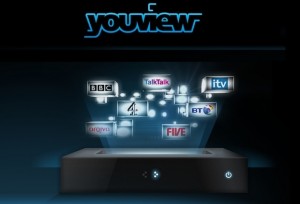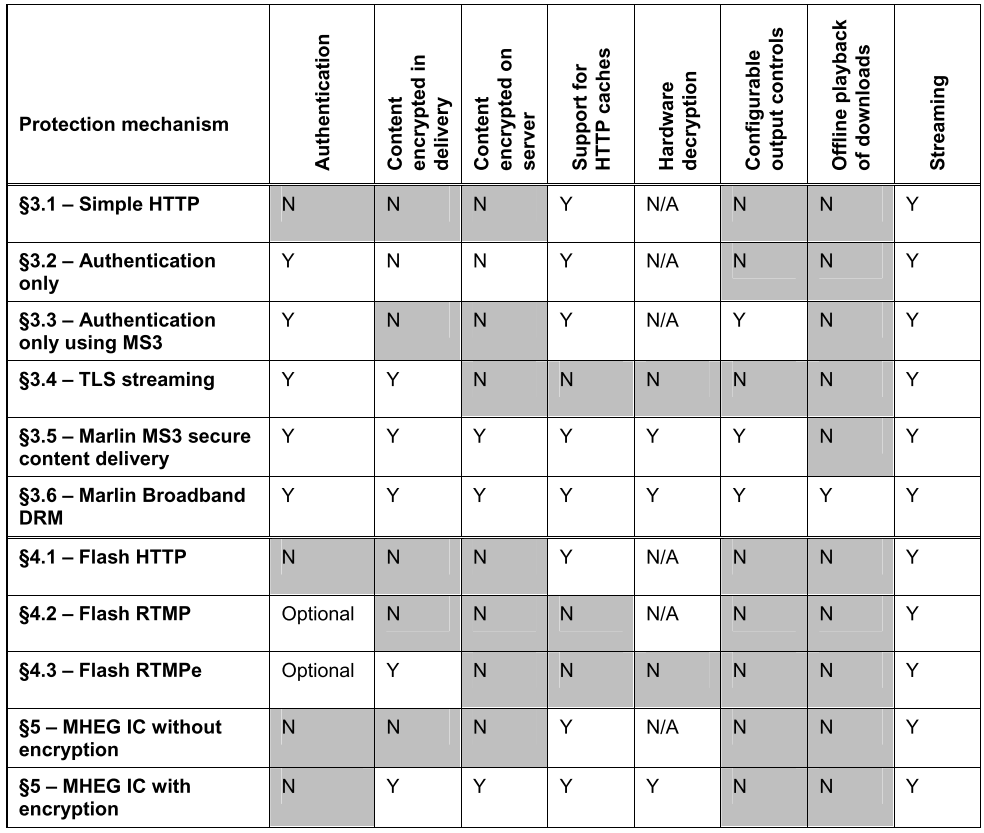
I went to the Art of the Digital London’s IPTV meetup last night, organised by Simon Worthington and Caroline Heron at Mute Publishing, intended to bring together arts organisations to discuss IPTV in general, and the big silence around how Youview is going to impact on London’s arts organisations, if at all.
“Someone from Youview is coming, aren’t they?”
Was the first question asked as we sat down around a table at the marvellous Photographer’s Gallery office in Euston.
“No, they won’t return my calls.”
Which was surprising, given the noise being made about how Youview would be a new channel for independent/cultural programme makers, and a licence-fee payer subsidised platform for IPTV/Net neutrality. The feeling amongst the group assembled was one of confusion as to what kind of opportunity (or threat) was presented for artists and arts organisation by the Youview initiative.
Given the lack of detail in the outreach Youview had been making to arts organisations, the discussion turned more generally to IPTV and people’s experience of television as a space for creative production – which was an interesting survey of historical initiatives in creative TV production since the 70’s proliferation of cable TV channels in the US, Hoppy Hopkins‘ famous community video workshops at the Fantasy Factory.
It was clear from the tone that people’s primary interest was the potential parity of access to viewers that something like Youview – as an IPTV provider could presumably offer. People were excited by the potential to present the independent work of small producers alongside the esteemed publications of media companies, institutions and commercial content producers.
But given the overwhelmingly restrictive technological landscape around existing TV broadcast models (due initially to terrestrial/satellite broadcast bandwidth scarcity, then to proprietary delivery mechanisms), is it realistic to imagine that even relatively well-heeled cultural organisations would be able to produce content that could air over Youview?
There is no system-level reason why not. The basic premise of IPTV is that it’s delivered over IP networks like the public Internet. Especially given Youview’s ambitions to become a ‘neutral’ platform for a plethora of commercial services, it seems technically plausible that there would be ‘parity’ of access, at least for those providers. The devil, however, is likely to be in the detail, so I checked out the technical documentation in Youview’s technical documents library to see if I could gather any clues.
The majority of the documentation currently released by Youview relates to low-level device requirements, of interest to keen Free Hardware hackers, perhaps, but not to the mass of would-be IPTV cultural content producers, who are likely to treat the IPTV as they might treat a browser{{1}}.
Apps
The excitingly named Presentation Engine Profile Specification – Draft A document is the first clue as to the technical underpinnings of what might be a ‘democratization’ of the technologies required to begin creating content and ‘apps’ for Youview. It mentions the relative inaccessibility of MHEG-5 – the Multimedia and Hypermedia Expert Group’s programming language for IPTV interactivity and content, the limitations of which (both technical and in terms of the pool of ‘creatives’ tooled up to use it), might well be one of the reasons for the appalling clunkiness of existing IPTV interfaces. They raise the tantalising possibility that Youview-ready devices should be able to use far more widespread and familiar WC3 standardised web technologies such as Javascript, HTML 4/5, AJAX, CSS and even (moving away from open standards) Adobe Flash.
I’m no fan of Flash, but I have to admit, there are a lot of flash developers out there, and anything that can get their work into the nation’s living rooms is probably a good thing. This specification seems to point in that direction. The explosion of the development of ‘apps’ for iOS and Android platforms has been a significant economic and cultural channel for cultural production (albeit with considerably more barriers to entry than web development). If the Youview platform enables a similar disruption in the world of IPTV, so much the better.
DRM
On the other hand, the Content Protection: AV over IP Specification – Draft A contains some proposals that might see DRM issues create the kind of lock-down that would make content production for Youview a far more complex and bureaucratic enterprise than most independent content producers are likely to be able to manage.

The beauty of the Web is that, via various players and media platforms from iTunes to Rhythmbox to Spotify, it encompasses all these protocols, methods of encryption and content delivery – and allows people to choose their weapon, and easily migrate if one device begins to feel too restrictive in terms of what they can do with their media files. Not so with their TV – a far less user-serviceable device, with a product lifecycle of about 6 years{{2}}. If Youview-enabled TVs are highly restrictive about who can play what files and where, people will be stuck with it.
If a complex transactional DRM model like Marlin’s MS3Â or Broadband DRM were used, Â requiring key servers to verify rights data between individually signed-in users and chunks of content, the chances of a creative opening up of the TV-space in the home begin to seem more remote. Again, the proposal to enable Flash on the Youview platform seems like a potentially very open gambit, because although Flash 10 has various light-weight copy protection mechanisms, least it doesn’t have any hardcore DRM functionality built in.
I was also surprised to find out that the Youview spec extends to proscribing that devices should run the Linux operating syststem (see the Consumer Device Software Management Specification – Draft A), but that, and in fact, all the above observations are probably neither here nor there in terms of the impact that Youview could have on the arts and cultural producers.
These technology choices can indicate potential barriers to entry, but those could be easily overcome by, for example, institutional commitments to provide Youview access to catalogues and archives of artistic and cultural work. Then the barrier to entry moves to the institutional, rather than technical level.
However, it does seem, from this initial scan through the technical literature, that Youview is not going to be the artistic free-for-all we saw on the Web in the 1990s. It’s likely to be a far more constrained and measured opening up of the living room to the ‘Net. The degree of openness, and the access granted to the means of publishing on that platform will be more determined by consumer response to whatever Youview pushes out first, and the institutional relationships involved, than by the technology.
[[1]]As a web content producer, you probably have to know your way around the basic limitations of relatively recent versions of Internet Explorer, Mozilla Firefox, Google Chrome, Safari and maybe Opera – but you don’t have to worry about developing a browser yourself. [[1]] [[2]]According to CEA’s very expensive consumer survey. Ah, the joys of corporate/institutional access to these kinds of documents. [[2]]